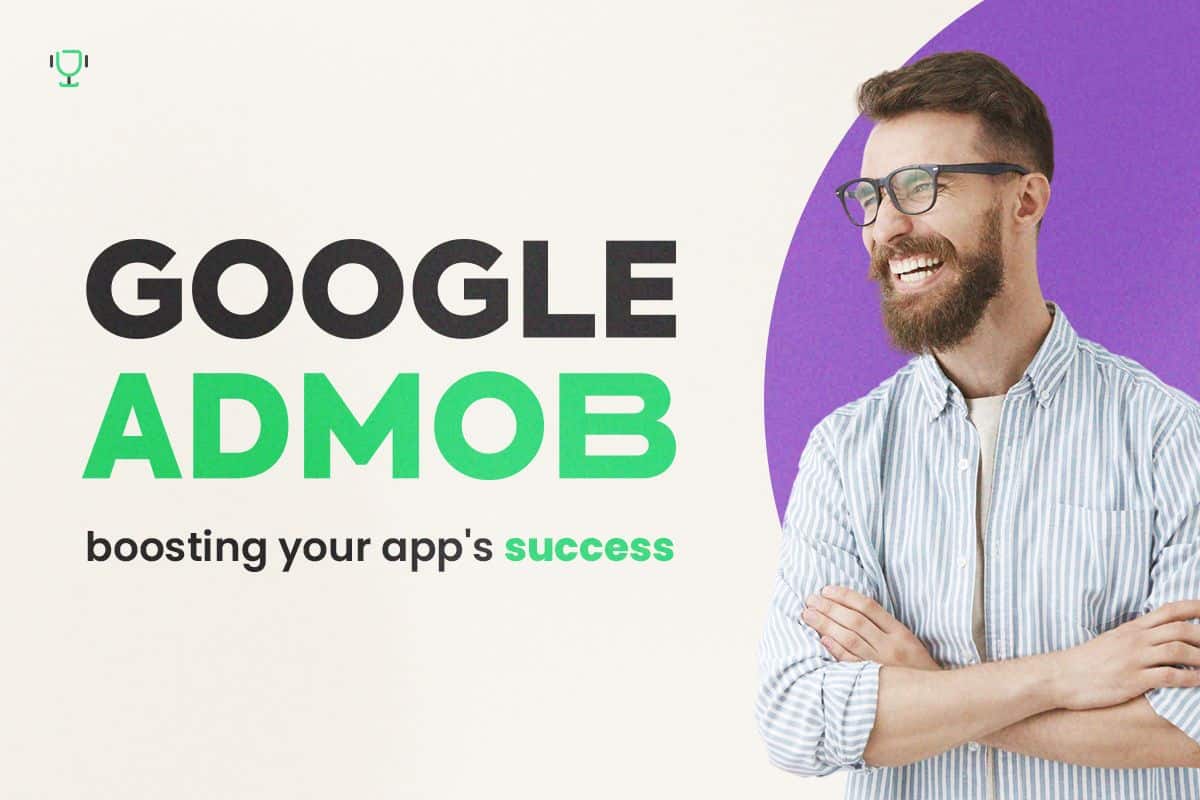For mobile app developers seeking an effective way to monetize their apps, look no further than Google AdMob. This powerful mobile ad platform is becoming increasingly popular, offering developers the opportunity to generate revenue smartly.
Index
What is Google AdMob and How Does It Work?
Google AdMob is a mobile advertising platform that allows developers to display ads within their apps. With millions of advertisers and a vast network of publishers, AdMob efficiently connects developers and advertisers. By integrating the AdMob SDK into your app, you can display relevant ads to users and earn revenue based on clicks or impressions.
Benefits of Google AdMob for App Developers
Google AdMob offers numerous benefits for app developers. First, it enables effective app monetization, ensuring you’re rightfully rewarded for your hard work. Additionally, AdMob provides an extensive set of tools and resources to optimize your ads and increase your earnings. With precise audience targeting and control over ad types, you can offer users a positive experience while maximizing your click-through rate.
Integrating Google AdMob into Your Mobile App
Integrating Google AdMob into your mobile app is a straightforward process crucial to kickstart monetization efforts. Follow these steps for a seamless and efficient integration:
- Create a Google AdMob account: Begin by creating a Google AdMob account. Access the platform and provide necessary information to set up your developer account.
- Configure your app: Next, add your app to your AdMob account. Supply app details like name, platform, and category.
- Obtain the AdMob SDK: To display ads in your app, you’ll need to download the AdMob SDK. The SDK contains necessary libraries and resources for ad display.
- Integrate the SDK into your app: Follow instructions from the AdMob documentation to integrate the SDK into your app. This typically involves adding SDK code to relevant parts of your app.
- Set up ad units: Within AdMob, you’ll have the option to create ad units. These units determine where and how ads will be displayed in your app. Define ad format, size, and location according to AdMob guidelines.
- Test and optimize: Before launching your app with active ads, conduct tests to ensure everything is functioning correctly. Confirm ads are displaying properly and clicks or impressions are being tracked accurately.
- Monitor performance: After launching your app with AdMob ads, regularly monitor ad performance. Utilize AdMob tools and metrics to analyze impressions, clicks, generated revenue, and other relevant data. Based on these insights, optimize your ad strategy to maximize earnings.
Remember to adhere to AdMob guidelines and policies for proper integration and compliance with Google’s rules. With successful Google AdMob integration, you’ll be on the path to transforming your app into a profitable revenue source.
Available Ad Formats in AdMob
Google AdMob offers a wide range of ad formats designed to meet specific needs of mobile app developers. By choosing the right ad formats, you can optimize user experience and maximize earnings. Here are some key formats available in AdMob:
- Banners: Banners are rectangular ads displayed at the top or bottom of the app screen. They suit various app types and provide continuous ad display as users browse content.
- Interstitial Ads: Interstitial ads appear in full-screen, usually between content transitions or strategic points within the app flow. These ads are highly impactful, enabling developers to offer immersive ad experiences to users.
- Rewarded Videos: Rewarded video ads are an excellent way to offer rewards to users in exchange for their interaction with the ad. These ads often allow users to watch a video in exchange for in-game currency, unlocking premium content, or obtaining extra benefits.
- Native Ads: Native ads seamlessly blend into the app’s design and flow, offering a more organic experience. They integrate with app content and provide a native appearance, resulting in better user acceptance.
- Advanced Native Media Ads: These ads offer more flexibility and customization options in terms of format and layout. They allow you to create highly engaging ads, incorporating visual elements like images and videos along with descriptive text.
These are just a few of the ad formats available in Google AdMob. When choosing the right formats for your app, consider your content context, target audience preferences, and specific goals. Experiment with different formats and evaluate performance to find the optimal combination that maximizes revenue and delivers an excellent user experience.
Optimizing Ad Performance with Google AdMob
When it comes to maximizing ad results and performance in your mobile app, applying effective optimization strategies with Google AdMob is crucial. Here are some essential tips to boost ad performance and enhance your revenue:
- Experiment with different ad formats:Google AdMob offers various ad formats like banners, interstitials, and rewards. Test different formats to find the best fit for your app and audience. Track metrics such as click-through rate and fill rate to decide which formats yield better results.
- Improve ad placement: Test different positions like top, footer, or between content in your app to find the best ad placement. Balance user experience with ad visibility for optimal results.
- Audience targeting with Google AdMob: Utilize precise demographic, interest, and behavior criteria to show pertinent ads to your audience. Relevance boosts the chances of clicks, elevating click-through rate and revenue.
- Data tracking and analysis in Google AdMob: Employ AdMob’s analytics to monitor ad performance. Keep an eye on metrics such as impressions, revenue, and click-through rate to uncover trends. These insights aid in making informed decisions for future improvements.
- Conduct A/B testing: Perform A/B tests with different ad variations, such as headlines, images, and calls to action, to discover which elements yield better results. Conduct controlled tests to measure the impact of each variation and implement changes that drive performance.
- Regularly update your ads: Keep your ads fresh and relevant. Make periodic changes to ad creatives to avoid visual fatigue and maintain user interest.
By implementing these optimization strategies with Google AdMob, you’ll be on the right path to improving ad performance in your mobile app. Keep a close eye on results, adapt your approach, and make the most of this powerful monetization tool.
Ready to Enhance Your App’s Success?
Google AdMob is a must-have tool for mobile app developers aiming for financial success. By leveraging this mobile advertising platform, you can smartly monetize your apps and increase your revenue. Always stay updated on the latest trends and best practices to ensure you make the most of Google AdMob. Don’t waste any time—start boosting your earnings and transforming your apps into lucrative income sources today! And remember, Grumft is here to support you every step of the way!





